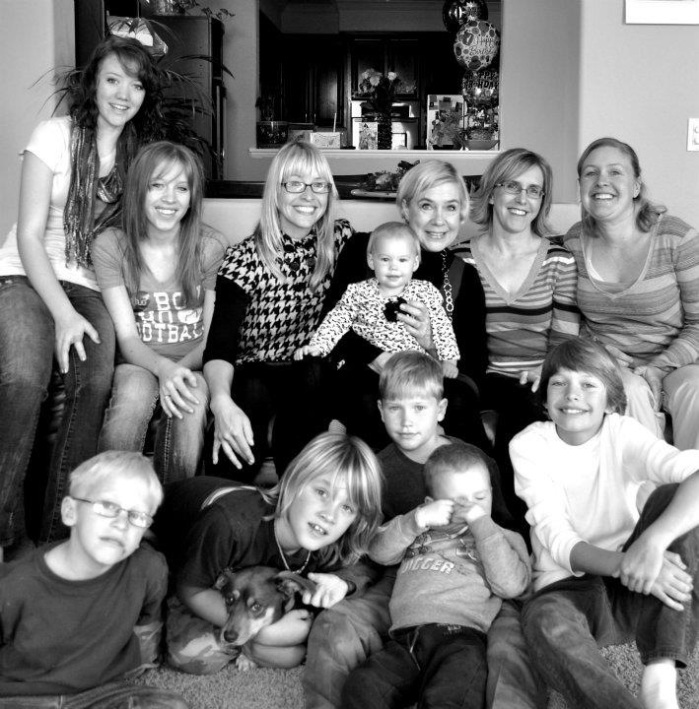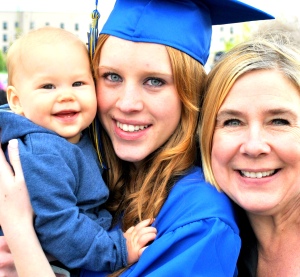The post below this introductory paragraph was published almost a year ago. Yesterday, my fears became reality in ProPublica’s article on the rise of controlled substances through medicare, “As Controlled Substance Use Rises in Medicare, Prolific Prescribers Face More Scrutiny.” Although the statistics used in this article was before the ACA went into effect; the same potential for abuse and abuse has been established through this reportage. Under-served communities have suffered enough without a new host of drug addictions plaguing them. I applaud this investigative piece and pray it truly reflects an overwhelming overtone of scrutiny to prevent a new generation of heroin addicts. On the other hand, I also pray that alternative treatments, health and wellness methods of healing the wounds of chronic community trauma will become the norm over prescription drugs for all! Below is my original post on this issue:
In light of the new Affordable Care Act, I have been analyzing what could be unintended consequences of providing health care and mental health care to populations that have not had previous access to these resources. The historical trend for medical providers has been to take the quick route in treatment through the medical model. For this reason it is vital that all public health  leaders, health care providers, program designers and policymakers be critically aware of what could be our next health care crisis through the possible escalating of profiteering by the Health Disparities Industry.
leaders, health care providers, program designers and policymakers be critically aware of what could be our next health care crisis through the possible escalating of profiteering by the Health Disparities Industry.
I was first made aware of the possibility of a medically-induced crisis in 2013 while conducting a mental health assessment of public housing residents. During interviews, several residents expressed disappointment in the one available mental health clinic; with clinicians that had a standard procedure of dispensing medications. Some residents avoided this clinic to address their mental health needs and instead, expressed the strong desire for counseling services. Consequently, I started imagining the future of mental health and medical providers lacking resources, without systems in place to handle the immense needs associated with deferred mental health and wellness care in vulnerable urban populations; populations rife with ongoing family and community trauma. They avoided this clinic to address their mental health needs and instead, expressed the strong desire for counseling services. 
Prescribing medications could quickly become the default as a quick fix, making it easy for more pharmaceuticals to slip into urban environments, merely replacing illegal with legal drugs; with guaranteed payment through the ACA. We have already seen the suburban heroin epidemic resulting from a similar pattern of treatment with painkillers. A new, national explosion of ‘legal’ drug addicts will further traumatize families and communities. Legal or illegal, treating mental health challenges primarily through a medical model is a lose-lose; especially if mental health symptoms are PTSD the result of persistent, un-addressed personal and/or community trauma. If providers do not have the built in resources to address trauma with counseling and coping skills along with supportive upstream policies to prevent trauma from occurring, we as a nation will be suffering a host of much more costly side effects down the road from this oversight.
Looking deeper, in low-income urban communities where unemployment, racial profiling, absent fathers, violent crime and drug use are prevalent, generations of disenfranchised populations of color have been experiencing high levels of personal and community trauma. This trauma is just now being identified as untreated PTSD in many cases. Concurrently, these populations have not had access to preventive health and wellness care, so they have coped in their own ways, which is often repeating the cycle of self-medication, which can lead to drug abuse, crime, violence and child neglect. So my question is: What will happen when these people, virtually overnight, have access to overwhelmed medical providers that can just make the problem go away, for a moment, by prescribing a medication; a medication that may become a lifetime prescription and addiction? This is a serious question everyone in the public health field should be asking. This is the new frontier of the Health Disparities Industry that the pharmaceutical industry will no doubt be willing to capitalize on unless public health leaders have a system of accountability by medical providers and a system of resources to address decades of deferred mental health and wellness treatment.
Treatment of mental health challenges can be aided with medications in some cases, but the most effective and self-sustaining treatment addresses the underlying issues of mental illness and drug use; the traumas that may be associated with mental illness and drug use. Trauma-informed care takes these factors into consideration. Just as the Veteran’s Administration (VA) has seen the exponential leap in prescription drug abuse and suicides by veterans suffering from PTSD, we must see the same potential for this practice to infect vulnerable urban communities.  Just as the VA has found very effective replacement methods of addressing PTSD for veterans through behavioral therapy, yoga and meditation, shouldn’t we as public health professionals be advocating for these treatments for the public, rather than a costly medical model of treatment?
Just as the VA has found very effective replacement methods of addressing PTSD for veterans through behavioral therapy, yoga and meditation, shouldn’t we as public health professionals be advocating for these treatments for the public, rather than a costly medical model of treatment?
Treatment of chronic pain often shares the same paths of potential abuse and can also be helped more effectively through alternative methods. How do we get ahead of this potential trend? How do public health professionals advocate for preventive and alternative treatment solutions before millions of urban trauma victims become addicted to ‘legal’ prescription medications that the public and the Health Disparities Industry condones? Perhaps the American Public Health Association (APHA) can take leadership on this issue to circumvent this potential disaster.
Further Research:
* Abram, K. M., Teplin, L. A., King, D. C., Longworth, S. L., Emanuel, K. M., Romero, E. G., … & Olson, N. D. (2013). PTSD, Trauma, and Comorbid Psychiatric Disorders in Detained Youth.
* Corbin, T. J., Rich, J. A., Bloom, S. L., Delgado, D., Rich, L. J., & Wilson, A. S. (2011). Developing a Trauma-Informed, Emergency Department–Based Intervention for Victims of Urban Violence. Journal of Trauma & Dissociation, 12(5), 510-525.






